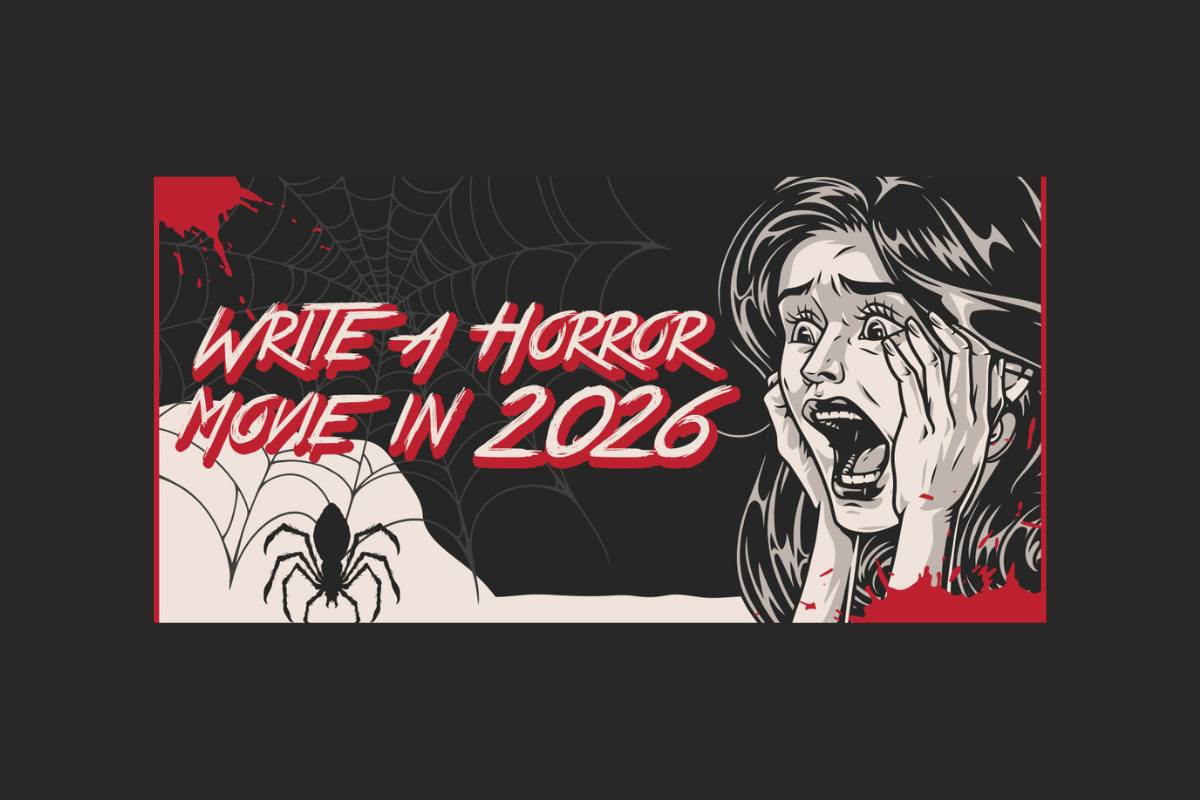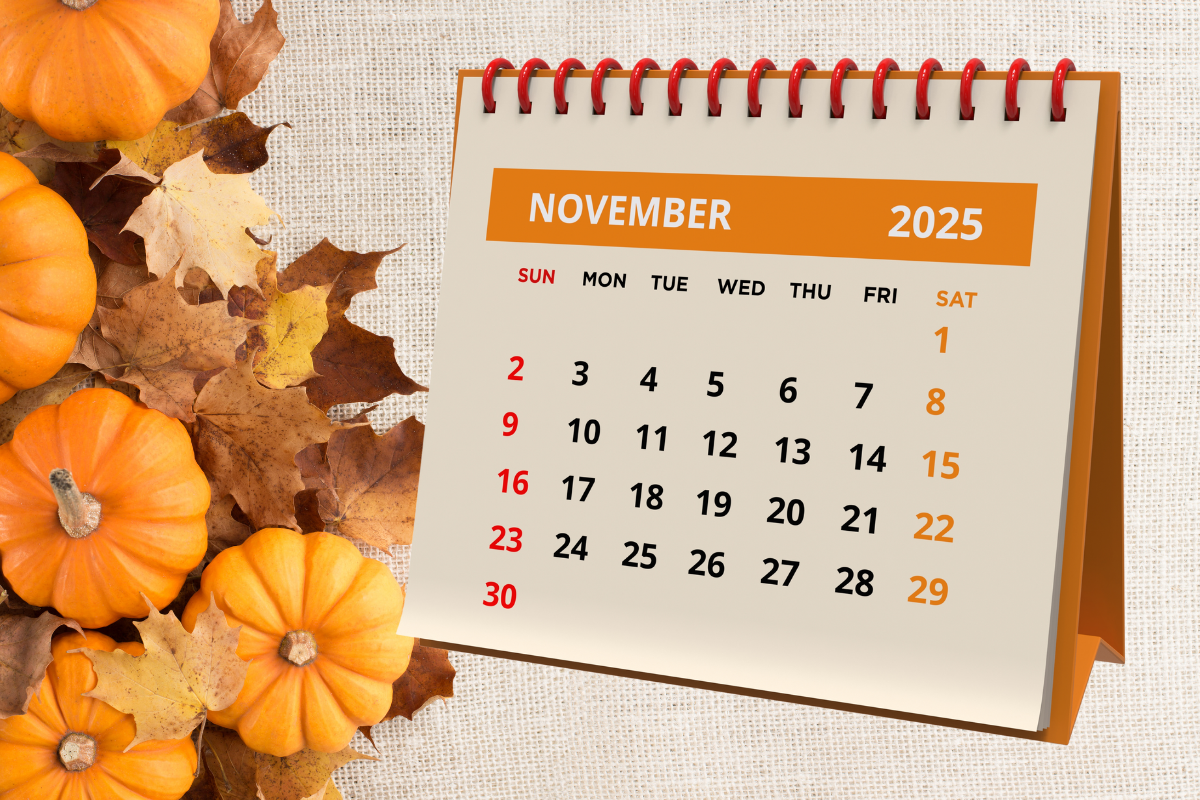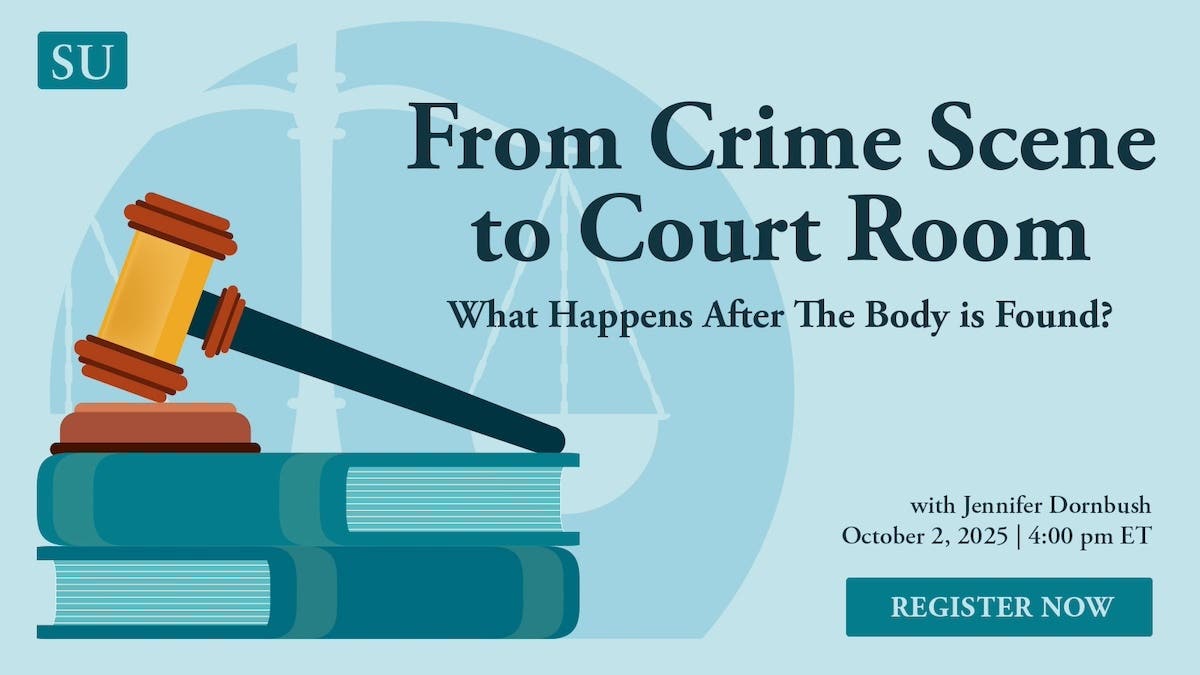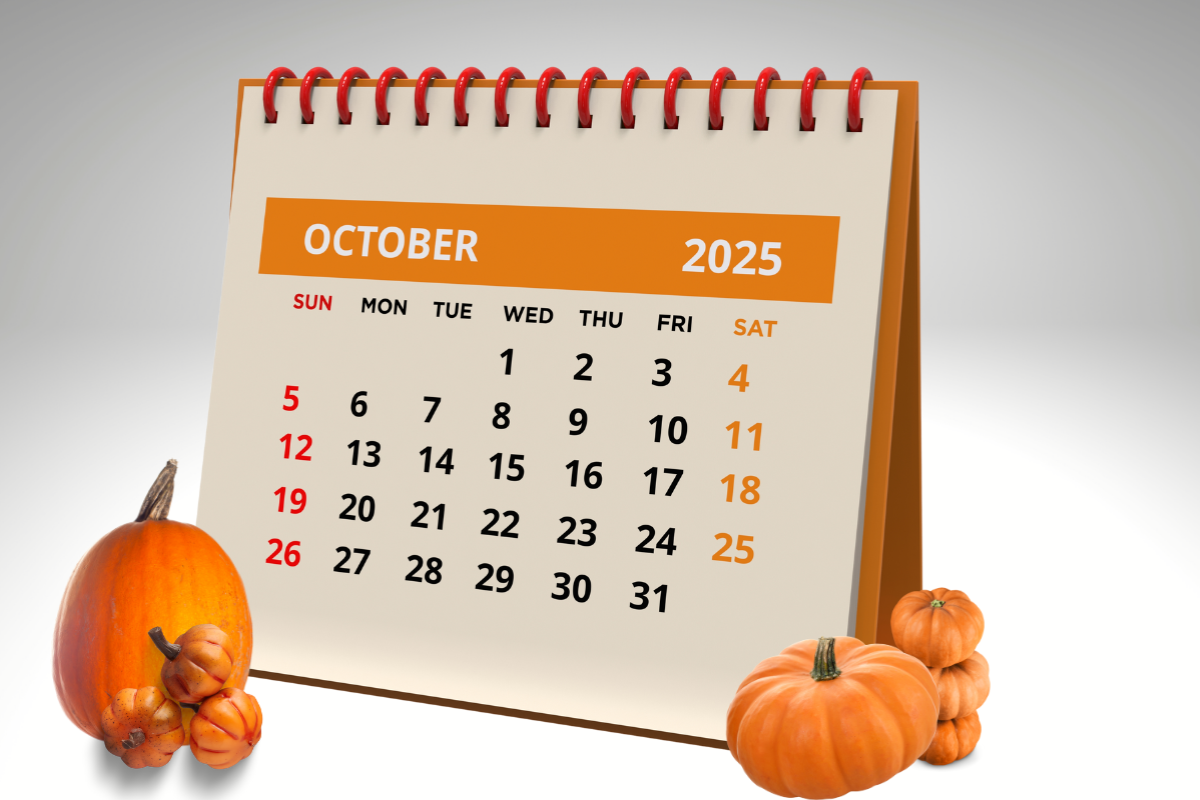More Than Just a Film Festival – A Conversation with Sundance Institute’s Founding Senior Director of Artist Programs Michelle Satter
Sundance is more than just a premiere festival destination – it’s an organization built by artists for artists, providing a space for creativity, risk-taking, bold ideas, and voices.
The Sundance Film Festival is by far one of the largest well-known film festivals in the world. Most, if not all, independent filmmakers use the festival as their North Star or a threshold as to having had “made it” if your film submission was accepted and included in the festival's programming. For many a screenwriter, their labs have also served as a guidepost to taking your writing career to the next level if accepted into one of their prestigious screenwriting or episodic labs.
The Sundance Institute, a non-profit organization, was founded in 1981 by one of the biggest advocates for independent artists, Robert Redford. Joining Redford at this time was Michelle Satter, the founding senior director of Artists Programs at the Sundance Institute. For over the past 40 years, Satter has been the steadfast steward and creator of the Institute's labs that offer in-depth support for storytellers across the board, from screenwriters to producers, having launched many artists’ careers, as well as developing international initiatives in Latin America to India.
Satter continues to build bridges and access in areas where she sees a deficit and purposefully partners with other companies to lift those barriers. A few of the newer partnerships and initiatives are with HARTBEAT for their comedic screenwriting fellowship, in which they just closed out the second year with the writing fellows premiering their films at Sundance Film Festival, and a newly forged partnership with Blumhouse and K Period Media's Screamwriting Fellowship.
And within the last five years, Satter founded and provided creative oversight and vision for Sundance Collab, a digital global platform anchored in providing a community for storytellers to learn, collaborate, and network.
The online platform offers an array of subjects from the craft and business of screenwriting, and TV writing, to directing and beyond, for anyone at any level of their filmmaking journey and career. The intuitiveness, accessibility, and clarity of their online courses are bar none. And the production value from video course presentations, navigating each session, to downloading documents is incredibly straightforward. Plus, the courses come with additional bonuses, clear communication from advisors and course producers, and a welcoming, appreciative, engaged, and reciprocal community of storytellers that happen to be your brothers and sisters in arms in these courses.
It’s safe to say, Sundance is more than just a premiere festival destination – it’s an organization built by artists for artists, providing a space for creativity, risk-taking, bold ideas, and voices.
Having just wrapped another successful run of the Sundance Film Festival this January, Michelle joined me in conversation about the organization, the Institute’s mission as a driving force in all that they do, the ongoing “lifeline” support they provide for those involved in their labs, why voice is important, and what sets Sundance Collab apart from other platforms.
This interview has been edited for content and clarity.
Sadie Dean: It goes without saying, I am absolutely thrilled to finally be speaking with you. Starting from the beginning of the Sundance Institute, with you as the foundation, why was it important for you at the time in your career in the early 80s to provide these resources, access, and initiatives for the filmmaking community?
Michelle Satter: Very good question. The Sundance Institute was the vision of Robert Redford. And this was the late 70s, early 80s, our first lab, being for directors, writer-directors, and independent storytelling and that happened in 1981. So there are several things that were part of and continue to be our values. First thing, it's important to know that Sundance is a nonprofit organization, and definitely, mission-driven in our work, and the idea for Redford and something that I carry forward is about, it's not necessarily a starting point, but it's about giving back. He felt like the industry was good to him, and creating the Sundance Institute was an opportunity for him to give back in terms of what he learned, but also to learn from others, as well, new bold, innovative artists and the next generation of artists going forward. So, the giving back and the culture of generosity is a key piece of Sundance.
Also, building a community is an important piece of the work that we do. And that community, I believe, is essential for artists, not only artists today, but artists at every point. Because there's certainly isolation, especially for writers - you have the opportunity to connect with like-minded artists. And to feel like you have a place to go, and you belong, is an important part of the work.
Another important part of our work going forward was to support artists coming from all diverse backgrounds - inclusion being part of Sundance, with an early focus on Indigenous artists, who had a real place at Sundance, going forward, but providing a space for creativity. And risk-taking, and bold ideas and voices, was a real important part of the mission going forward for us and a space to grow, to try things, to take risks, to fail to move on, and be part of a community where you don't have to prove yourself, but only prove that you're open to ideas and the conversation and advancing the work that you're doing.
But also key in the start point of Sundance and the beginning of Sundance were our labs. Audience was also important, because I also feel that an artistic project is not complete until it engages with an audience, so the audience is also a really essential part of the work [and] that we do audience engagement. And the festival came online in 84/85 and that became the place where it wasn't only for Sundance artists and in fact, there's a separation in terms of choices that are made for the festival, but it was an opportunity to provide a platform for artists to be seen and heard and potentially secure distribution, and a next stage of engaging with the audience. And that's also an important part of the mission of the institute.
Sadie: What’s also so great about what you and your team do is that you will continue to nurture and engage with these voices that come through the Institute. I think it's so important for those artists because they are taking such big risks, that vulnerability as an artist and to put it out there, and your team is there to just kind of be like shepherds and just give them a home to come back to.
Michelle: Yeah, I think that's important. And one of the things that distinguishes Sundance is our continuum of support. The depth of the support that we provide to the artists that we select for our artist's programs, and also for the festival. It's not a one-off Sundance at all. So it is, as I said, about creating community and the community support system that you have, but we're very engaged with the artists that we support, and helping them on their creative and tactical journey moving forward. And there's no one way or right way, there's no A to B – I wish there was. [laughs]
Sadie: It'd be so much easier! [laughs]
Michelle: [laughs] Yeah, it'd be so much easier, but that's not the case. We are working individually, but also providing education around what should you want from a distributor, how do you negotiate a deal and all those kinds of things are really an important piece of Sundance's work. The resources that we can provide and the artists that we do support. I do believe that our work is anchored in also in writing, because without a script, you don't have any place to go. [laughs] So, that’s the starting point of the work that we do.
Sadie: Yeah, absolutely. Now, one of the main reasons why we're chatting today is because of the Sundance Collab. It’s a great accessible resource for anyone at any point in their filmmaking journey. How did you land on creating this online platform?
Michelle: Well, first of all, Sundance Collab is the digital arm of the Institute. But most importantly, it's providing an online learning platform for artists all around the world, and a community for artists to come together and learn from each other, to share their own stories, their own work, to connect to one another. And also, to listen and be inspired, and learn from experts in the field. And the craft of writing, directing, producing, fiction, nonfiction, and episodic storytelling, but there's also expansion into film music and making shorts and other areas.
I felt like we were doing so much in-depth work to support artists who were selected through a rigorous process for our labs and granting and fellowship and sort of the ongoing support that we have through our artist's programs through the festival. But there was a need for Sundance to almost democratize the work that we're doing and be more accessible to artists around the world at all stages of the creative process. This is important to us.
So, that was the starting and we wanted to make sure that it could sustain itself as well. But most importantly, it really was about and continues to be as a value about accessibility, learning craft, connecting to other creators, being part of a community, and being part of also a pipeline into Sundance programs as well. It comes from a belief that Sundance has - we all have a story to tell, from our own lens, from our own background, from our own perspective, that voice is important. The idea of independent storytelling is paramount to our work, but wanting to provide a space where creators from, literally everywhere in the world could learn the craft, of as I said, writing, directing, producing, and with each thing that we do.
You can work on a very sort of top-line space, or you can really get engaged with artists. And again, what distinguishes our courses from other courses that are offered is you also get advisory support. So, it's not just an on-demand lecture, but it's the opportunity to fully engage in your own work and get feedback at several critical moments, which we feel is really key in terms of being able to, again, expand your knowledge of the craft and put your craft to use in the story that you want to tell.
Sadie: How do you discover, find, and engage potential advisors that you know will carry the overall Institute’s mission?
Michelle: Sundance early on was a culture of generosity and giving back. Collab is powered by our alumni, to a great extent, but we're also looking for people who are not instructors, experts that are not our alumni, and that want to be part of this work. We've been very fortunate that if people are available, they say yes to being a part of Collab, which is fantastic. We're not afraid to go out to people we don't know. [laughs]
People often ask me how I define success at Sundance. There are many ways to define success in terms of the films that got made, the films that got out into the world, and the films that had an impact in the world, these are all really important pieces, but I actually really think another important piece is that if you've been supported by Sundance, if you look at the kind of the full circle of at all, then you have the opportunity and we set the tone, that this is a place of generosity, then you have the opportunity to come back to Sundance as an advisor. And people really want to do that.
We supported the Daniels on their first film, Swiss Army Man. And they're like, ‘We want to be advisors!’ It's like, ‘OK, of course, you can be advisors.’ [laughs] And in fact, they have already been advisors on Collab in a Master Class that we did on film music. So, it was the Daniels and their composers, and sound designers really talking about film music and storytelling, which is exciting. But we've had so many people come from Chloé Zhao, who we supported on her first feature; Mari Heller was an advisor, again, we supported her on her first feature; Roger Ross Williams, talking about not only the documentary work that he did, but going from a documentary to fiction work. I could keep naming people, there's a lot - but people want to continue to be part of a community. And they also want to feel that purpose of being able to support and inspire the next generation of independent storytellers.
Sadie: The film industry is constantly evolving, have you been surprised by what your audience is asking in terms of furthering their film education, especially in this digital landscape from web series to TikTok videos? Is that even a conversation you're having internally?
Michelle: Yeah, we are, and all of the above. [laughs] There's a big interest in how do you navigate the business. It is a big piece of what we do. We have a program at Sundance, it's a newish program, but it's really a consolidation of what we've been doing across programs, so making it into a unified, consolidated focus, and we call it Elevate, and it's about professional development and career strategies. And we have at least one or two offerings a month, that focus on that work, and it could be about how to be a showrunner or be in a writers’ room, how to navigate the distribution landscape, or how to make the most out of being at a festival, and also the legal piece of setting up your production company. The offering is broad, but at the same time, as I said earlier, the big focus is writing, directing producing fiction, nonfiction, and career strategies, I would say those are the biggies…it's really looking at what's the next wave of storytelling as well.
One of the changes that we've made, it's just sort of evolving how we offer our courses is that it used to be just live online courses. Now we have courses that are eight to 10 weeks, and we now have weekend intensives. We did one on TV directing, we've done one on TV writing, there a number of intensives, but it allows people who don't have eight weeks or 10 weeks to have that time, and also weekends are better than during the week, they can participate in that, or our Master Classes, which we do monthly. They’re a three-hour deep dive around a particular subject matter. And the other thing that we're experimenting with is four-week courses, And then of course, we have our self-paced courses - anytime, wherever you are, you can connect.
You can look at all Sundance Collab's course offerings from screenwriting core elements, TV writing, directing actors, documentary filmmaking, developing your story, legal essentials for screenwriters to preparing to direct your first feature film by visiting their website here.
Sadie Dean is the Editor of Script Magazine and writes the screenwriting column, Take Two, for Writer’s Digest print magazine. She is also the co-host of the Reckless Creatives podcast. Sadie is a writer and filmmaker based in Los Angeles, and received her Master of Fine Arts in Screenwriting from The American Film Institute. She has been serving the screenwriting community for nearly a decade by providing resources, contests, consulting, events, and education for writers across the globe. Sadie is an accomplished writer herself, in which she has been optioned, written on spec, and has had her work produced. Additionally, she was a 2nd rounder in the Sundance Screenwriting Lab and has been nominated for The Humanitas Prize for a TV spec with her writing partner. Sadie has also served as a Script Supervisor on projects for WB, TBS and AwesomenessTV, as well as many independent productions. She has also produced music videos, short films and a feature documentary. Sadie is also a proud member of Women in Film.
Follow Sadie and her musings on Twitter @SadieKDean







